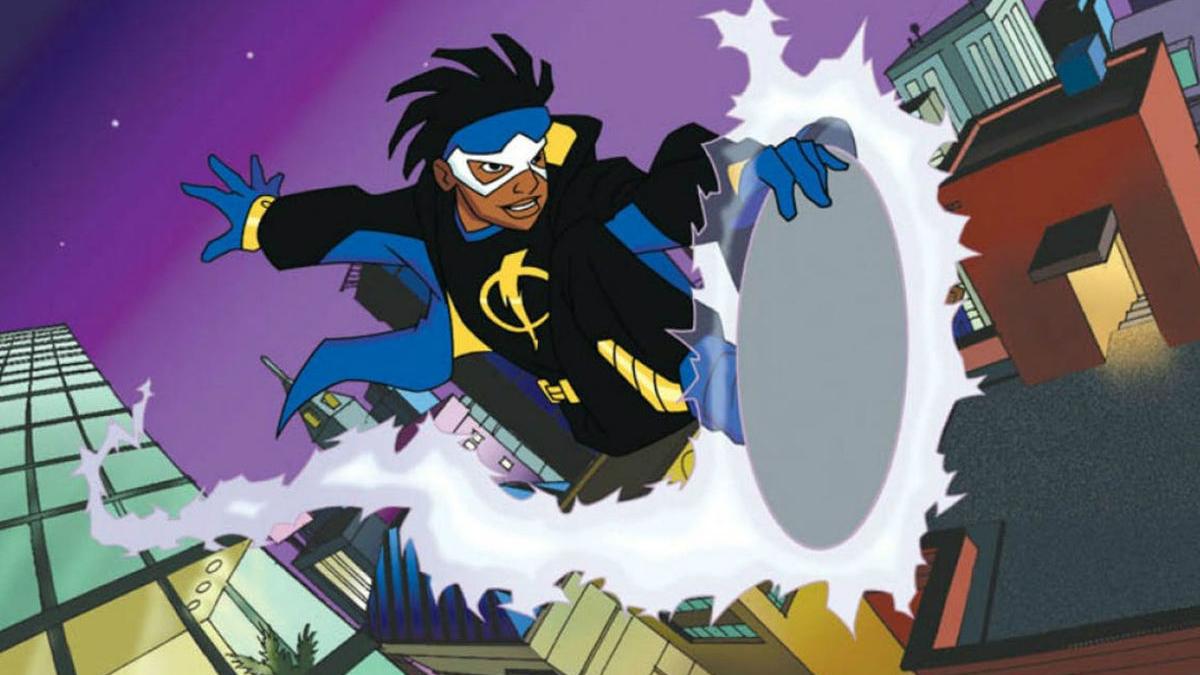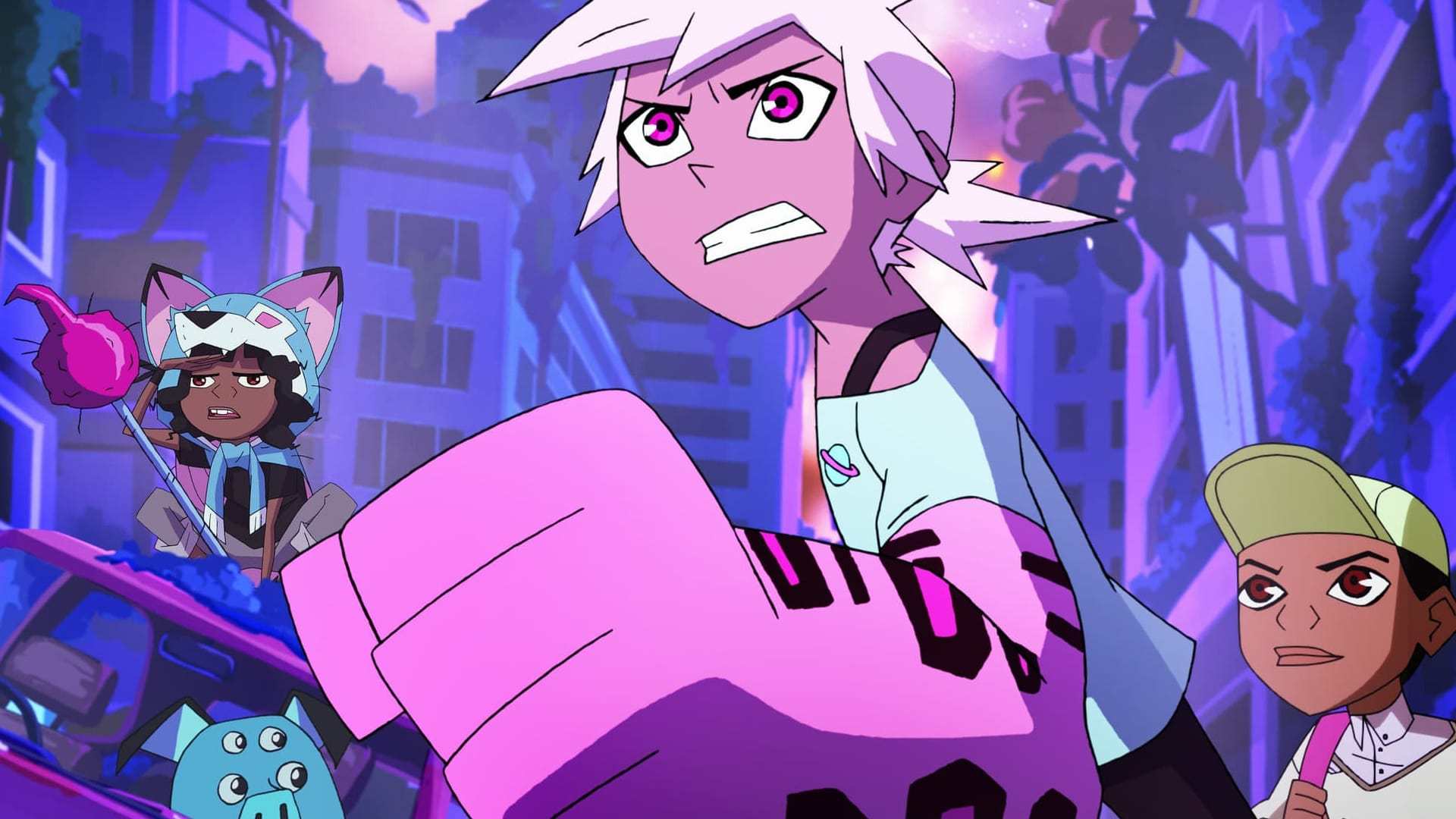Exploring Interactive Storytelling through Batman: A Death in the Family(Plus 7 More Interactive Stories)
By Faith Ojebuoboh, PCC Instructor
Pop Culture has always raised political and social themes, especially comics and cartoons.
The monsters in classic Scooby-Doo cartoons are all too human. And when our heroes unmask the “monsters,” the villains aren’t nearly as scary or powerful as they appeared.
In a similar way, parents and educators can use cartoons to discuss current social and political experiences and anxieties with our children, friends, students, and peers. The list below offers a few, easy-to-approach examples of cartoon series that can help you spark discussion and explore social change

Static Shock
When this DC comic-turned-cartoon series originally aired from 2000-2004, it offered a fresh look at issues of economic classes, race, inner-city struggle, violence, gun reform, African mythology, and the African diaspora.
Virgil, a black high school student, ventures out to a party near a tougher part of town when a chemical spill happens. He gains electric superpowers (such as the ability to shoot electric bolts), but he is not alone. Fellow students and other community members also develop their own superpowers.
In addition to raising social issues such as those listed above, the series is also an example of LGBTQ+ “coding” that used to be prevalent in American media.
While Virgil’s best friend was clearly depicted as being gay in the comics, the cartoon series only hints at this with jokes and showing the character often (and poorly) failing at pretending to be “straight.”
Discussion Ideas:
Re-watching the series — or checking out Static’s forthcoming return to DC/Milestone Comics — could spur conversations about why this practice was so common, and how attitudes toward the LGBTQ+ community have changed in the 21st century.
Certain episodes may also spark conversations about the dialogue on important social issues — such as racial bigotry and gun violence.
How to Watch
All four seasons of Static Shock are currently streaming on DC Universe and can be purchased on Amazon Prime.
![]()
Avatar: The Last Airbender
When a young child is found by a brother and sister pair, they believe he may be the mythological savior of their war-torn land, thought to be dead for hundreds of years. The team races to train and acquire new skills in order to stop the Fire Nation’s conquest of war and destruction.
This mid-2000s Nickelodeon series revolves around Inuit and East Asian mythology, culture, and people (even going as far as including a myriad of accurately-depicted martial arts systems!).
Discussion Ideas:
ATLA portrays a diverse cast of characters based on the show’s location and its people (although the voiceover cast is less accurately representative). There are differently abled characters who fight and protect others, and every character is a person of color (part of the Inuit or East Asian people). There are themes about overcoming war and sexism, propaganda, violence vs. non-violence, forgiveness, and redemption through inner change and work.
How to Watch
All three seasons of Avatar: the Last Airbender are currently streaming on Netflix.

The Dragon Prince
Two nations have been at war for many years after the murder of one country’s leader. A pair of noble children find themselves in the middle of the battle, allied with an enemy, and with a chance to end the fighting and bring peace to the two warring nations.
Discussion Ideas:
This series has many unique characters and features members of the LGBT+ community, differently abled people, and diverse races and cultures. Themes touch on xenophobia, racism, war, forgiveness, stigma, stereotypes, family distress, and understanding the impact of our choices.
How to Watch:
The Dragon Prince has released three seasons, all of which are currently streaming on Netflix.

Kipo and the Age of Wonderbeasts
Kipo, a young girl, is washed out from her underground home to a world of large, anthropomorphic creatures. On her journey back to her home village, she befriends humans and creatures (called Metas) alike.
Discussion Ideas:
In Kipo and the Age of Wonderbeasts, there are many discussions about how to resolve conflicts and cooperate with one another. The show highlights how we can solve problems by using empathy, connection, and compassion. The story also addresses how to recognize if, and when, fighting might be necessary.
How to Watch
Kipo and the Age of Wonderbeasts currently has two seasons, both of which are streaming on Netflix.

Stephen Universe
Steven is a young teenager and the only male member of the Crystal Gems. The Gems are a group of fighters who protect the world from aliens and other creatures. Alongside the Crystal Gems, Steven uses kindness, compassion, and desire to help others and protect his planet.
Discussion Ideas:
The diverse cast places a focus on how everyone belongs, how each person is powerful, and how we can all work to look out for each other.
One of the show’s most prominent themes is gender, and how many of the characters ignore gender stereotypes and beliefs. Stephen Universe shows us that ultimately, compassion, care, and respect are more important than fighting or winning.
How to Watch
The original series has five seasons, all of which are currently streaming on HBO Max and Hulu.
Keep the Conversations Going
See anything that interests you? Is there anything else that should have made the list? How do you think you can use these cartoons and films to discuss and promote social change? Let us know in the comments below!
Looking for more recommendations on great media that spurs critical thinking? Check out some of Pop Culture Classroom’s other blog posts:
- Where to Start with YA Fantasy Literature
- Young Adult Graphic Novels You’ll Love
- Exploring Interactive Storytelling through Batman: A Death in the Family
- Leveraging the War Between Fortnite and Apple in the Classroom
Pop Culture Classroom
9am-5pm Monday-Friday


